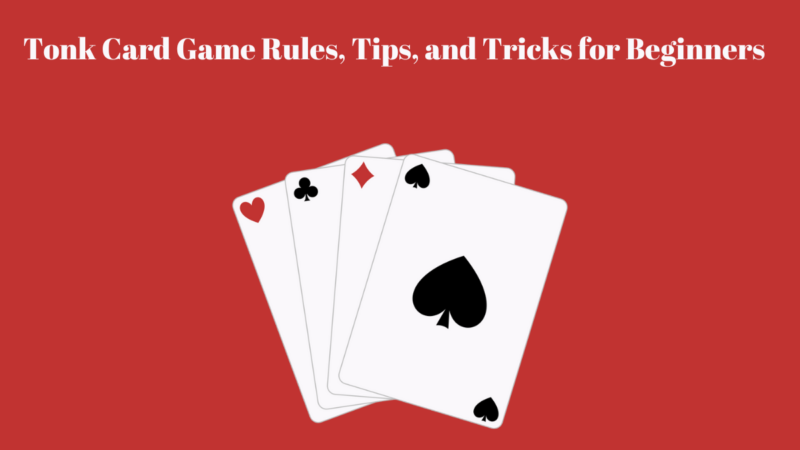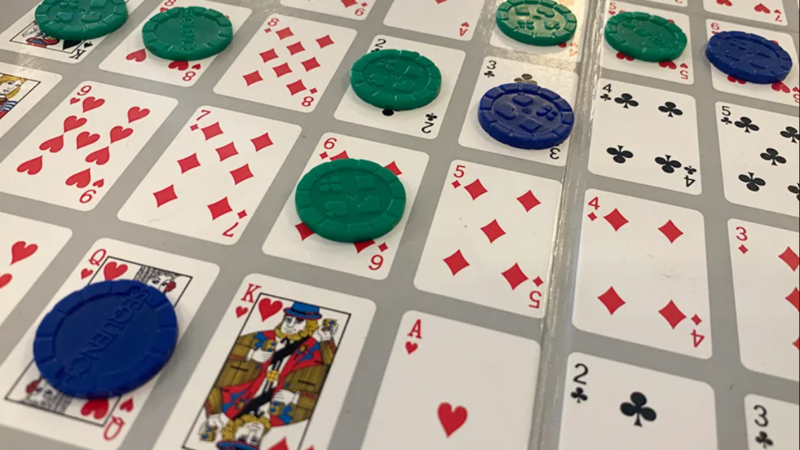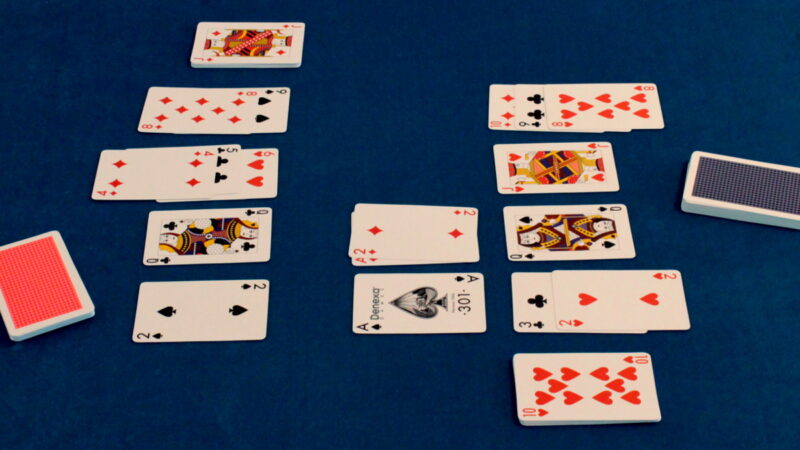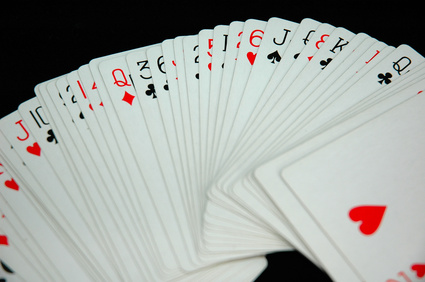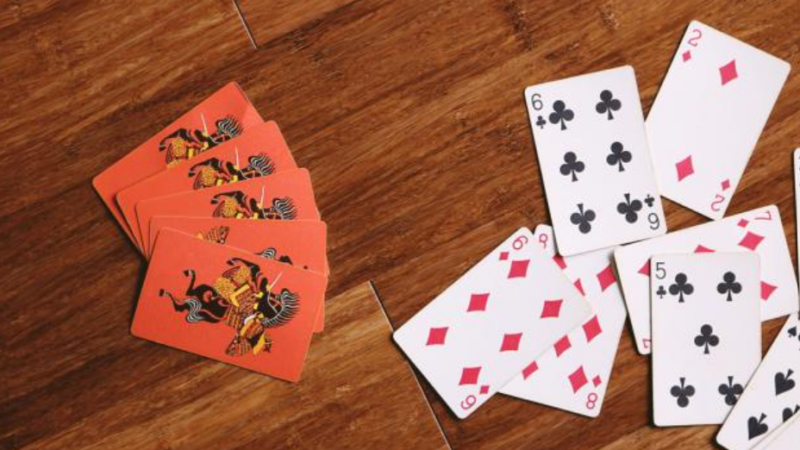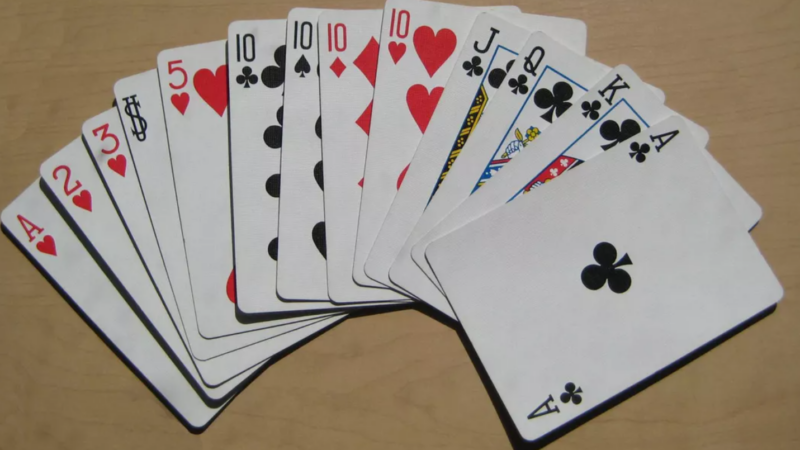Garbage Card Game Guide : How To Play The Card Game Garbage
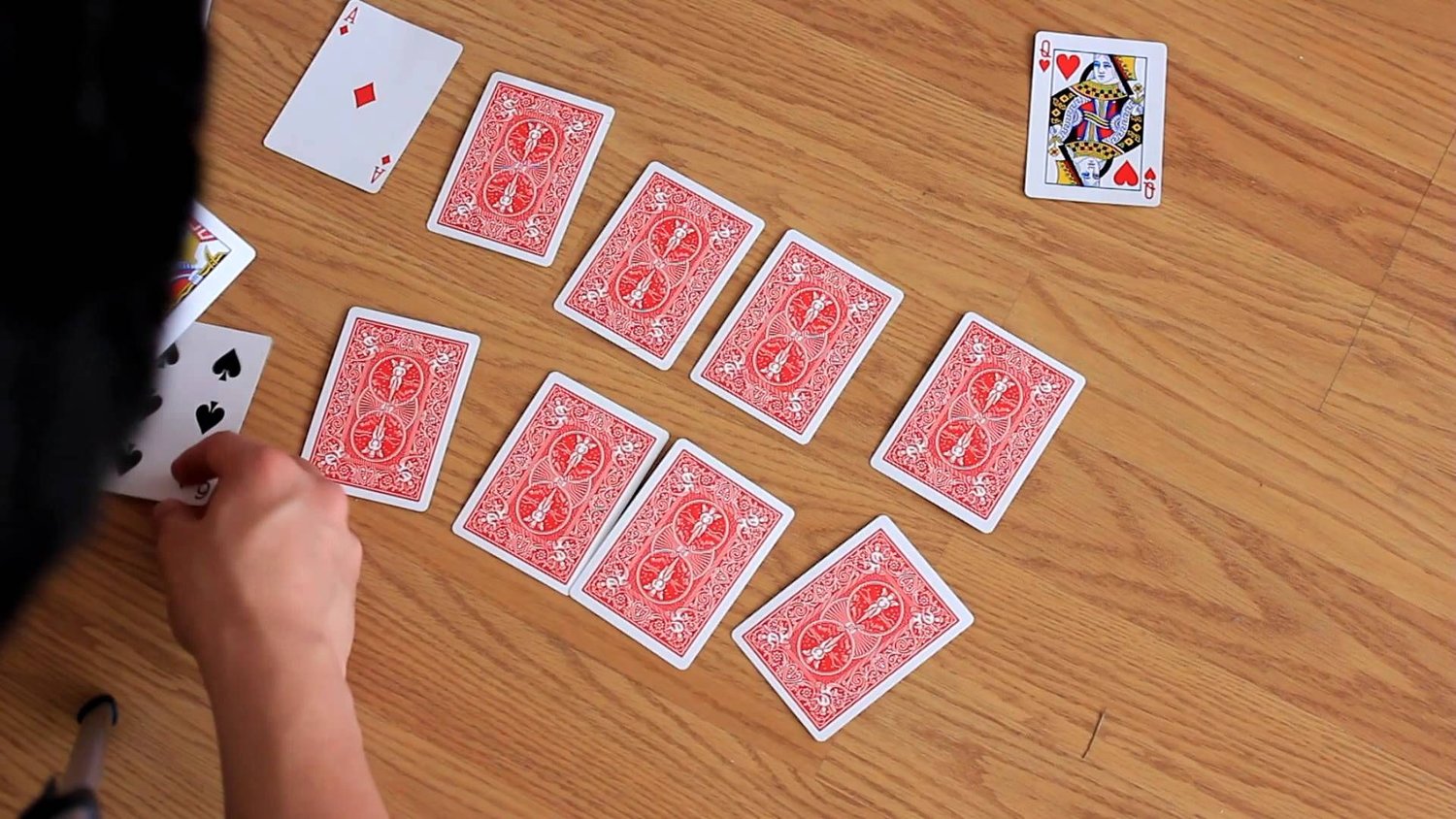
Garbage Card Game – Whether you’re a seasoned card player looking to add a new game to your repertoire or a beginner eager to dive into the world of card gaming, this article will guide you through the rules and strategies of the popular card game, Garbage. Simple to learn yet challenging to master, Garbage offers hours of fun and excitement for players of all ages. So gather your deck, shuffle those cards, and get ready to learn how to play this thrilling and dynamic game of strategy and luck. Let’s jump in and explore the ins and outs of the Garbage card game!
WHAT IS THE GARBAGE CARD GAME?
The Garbage card game, also known by other names like Trash, Junk, or Ten-Ten, is a fast-paced and engaging card game that can be played with a standard deck of 52 cards. It is a fun and popular game that can be enjoyed by people of all ages, making it an excellent choice for family gatherings, parties, or casual get-togethers with friends.
The game’s objective is to be the first player to organize their entire hand of cards in a specific order by strategically drawing and discarding cards. Garbage combines elements of luck and skill, making each round unpredictable and exciting. Its simplicity, quick gameplay, and competitive nature have contributed to its enduring popularity among card game enthusiasts worldwide.
HOW TO PLAY THE GARBAGE CARD GAME?
Playing the Garbage card game is relatively easy and can be enjoyed by 2 or more players. Here’s a step-by-step guide on how to play:
Objective: The goal of the Garbage card game is to be the first player to arrange their entire hand of cards in a specific sequence, starting from the lowest to the highest.
Setup:
- Use a standard 52-card deck.
- Determine the dealer for the first round. In subsequent rounds, the dealer position rotates clockwise.
Gameplay:
- The dealer shuffles the deck and deals 10 cards to each player face down, forming their hand. The remaining deck is placed in the centre as the draw pile.
- The top card of the draw pile is turned face up to begin the discard pile.
- Players take turns starting with the player to the dealer’s left and moving clockwise.
- On a player’s turn, they have two options:
- Draw: The player can draw the top card from the draw pile. However, if they choose to draw, they cannot pick up the top discard card from the pile during the same turn.
- Pick up from the discard pile: The player can take the top card from it and add it to their hand. If they choose this option, they cannot draw a card from the draw pile during the same turn.
- The player must then try to arrange their hand by placing cards face up in two rows:
- The first row starts with just one card, and the second with nine cards.
- The first row is for the player’s cards in ascending order from left to right, and the second is for the descending order.
- The player must place cards in ascending or descending order whenever possible. For example, if a player has a 2 in their hand, they must put it in the leftmost position of the first row. If they have a King, they must place it in the leftmost part of the second row.
- The game continues with each player taking turns to draw or pick up cards and try to organize their hand.
Completion: The game continues until one player successfully arranges all their cards in the specified sequence of ascending and descending order. Once a player has achieved this, they call out “Garbage,” and the round ends.
Scoring: At the end of the round, the other players count the remaining cards. Each card in hand equals one penalty point. The player called “Garbage” scored zero penalty points for that round.
Winning: Players keep playing subsequent rounds, and the game concludes when a predetermined score (e.g., 100 points) is reached. The player with the fewest penalty points at the end is declared the winner.
Remember, part of the fun in Garbage is the interaction and strategy involved in deciding which cards to pick up and discard. Enjoy the game, and have fun!
GARBAGE CARD GAME RULES
- Use a standard 52-card deck.
- The dealer shuffles the deck and deals 10 cards to each player face down.
- The top card of the draw pile is turned face up to start the discard pile.
- Players take turns clockwise.
- On a player’s turn, they can either draw the top card from the draw pile or pick it up from the discard pile.
- The player must try to arrange their hand in two rows: the first row for cards in ascending order and the second row for cards in descending order.
- Cards must be placed in the correct sequence whenever possible. If a card doesn’t fit, it’s discarded face up on the pile.
- The game continues until a player successfully arranges their entire hand in sequence and calls out “Garbage” to end the round.
- At the end of the round, players count the remaining cards as penalty points.
- The player called “Garbage” scored zero penalty points for that round.
- Play multiple rounds until a predetermined score is reached, and the player with the fewest penalty points wins the game.
FAQs:
. How do I win a round of Garbage?
To win a round, you must be the first player to arrange all your cards in the specified sequence of ascending and descending order. Once you achieve this, call out “Garbage” to end the round.
. How do I keep score in Garbage?
Players count the remaining cards as penalty points at the end of each round. The player called “Garbage” scored zero penalty points for that round. Keep track of the penalty points for each player as you play multiple games.
. Is there a specific score to reach to win the game?
The game can continue for as many rounds as desired, but players often set a target score (e.g., 100 points). The player with the fewest penalty points at the end, after reaching the target score, wins the game.
. Can I end the game before reaching the target score?

